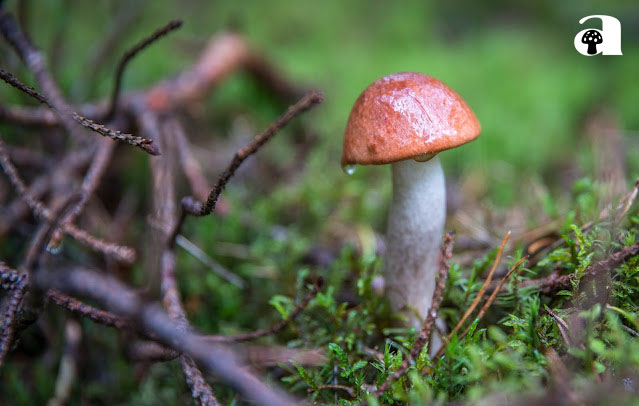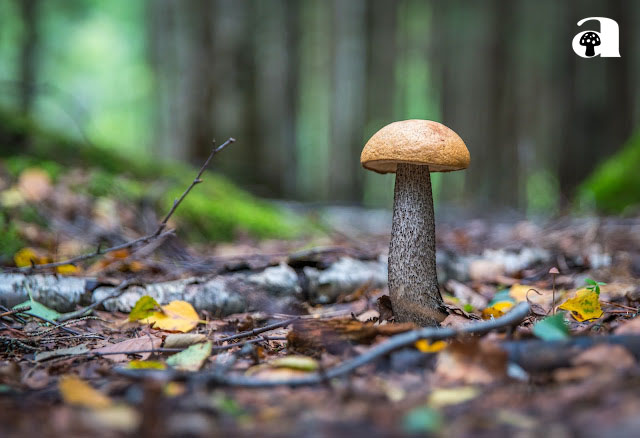Penises come in all sorts of sizes and shapes. One thing they all share in common, however, is their signature toadstool-shaped head known as the Glans. Penises tend to resemble all sorts of common mushrooms when seen from any angle.
What gives this effect, and why does its shape remind us of mushrooms?
Gordon Gallup Ph.D., an evolutionary psychologist from University at Albany in New York suggests that the resemblance of a mushroom on top of the penis evolved as an ideal form for scooping out male semen. A new man stands a greater chance at getting pregnant if his sexual relations with multiple people occurred quickly within her lifetime.
"Human penises evolved with mushroom-shaped penises as an adaptation to female infidelity, Gallup states in his semen displacement hypothesis study released in 2003. Other scientists such as Todd Shackelford, Ph.D. chair of psychology at Oakland University Michigan also support this theory."
"Gallup proposes that if a female was sexually inseminated by several different males within minutes and each successive male could harvest or remove semen from her reproductive tract in order to replace his own with that from other males in his line, this process of semen displacement theory might apply," according to Gallup. "[This theory is known]
Gallup's lab conducted careful observations in order to test this theory, carefully watching three latex penises entering an artificial vagina containing water and starch that represented semen.
Study findings demonstrated that penises with strong "mushroom forms," featuring an obvious coronal ridge at the point where head joins shaft, were most successful at eliminating prior sperm from fertilization tests. Penis with the most mushroom-like form eliminated over 87% while those featuring three mushroom forms eliminated 40% of prior fertilized sperm.
Gallup notes that after insemination, thrusting post-insemination becomes noticeably weaker and shallower; and that penis begins to shrink and remain limp when leaving vagina making scooping difficult as well as self-sabotage more likely.
Gallup believes it may seem unlikely for women to experience multiple sex relationships within a 24-hour timeframe, giving them an advantage over other species, but Gallup finds otherwise. "One in four women report engaging in multiple male relationships within 24 hours in one or more instances", according to data gleaned from 2004 study conducted to validate his theory of semen displacement - something which was far more widespread during evolutionary periods when humans first evolved as species than any time since.
Mushrooms Are Just Part Of the Picture The mushroom shape's ability to capture semen depends on a host of variables that affect sex, such as thrusting power and depth and the length of penis; according to Gallup "deeper thrusting disburses more semen than shallowly thrusting", while men with longer penis can place semen deeper within female vagina making displacement by later males less likely.
Circumcision has its place in modern life. Circumcised penises experience only minimal increases in their mushroom shape; however, due to having been circumcised and shaped, Gallup states. When circumcised guys engage in sexual encounters that involve more intense thrusting they are more likely to remove semen from a former partner than non-circumcised guys who engage in similar sexual encounters, according to Gallup.
Urology generally agrees with Gallup's theory; however, some experts who oppose his ideas raise arguments such as additional factors at play that could impact penis shape; just because mushroom-shaped penises can scoop up semen doesn't mean its formation caused its displacement; perhaps evolution was responsible instead and semen displacement just an added benefit; many experts consider Gallup's theories "far-fetched."
Gallup's hypothesis has not been disproven yet. According to Shackelford who has conducted studies on this subject matter. scientific and theoretical evidence supports his claim. "Both scientific and theoretic evidence support his belief that human head penis has an "S-shaped mushroom structure in order to assist the displacement of an ejaculate from competing males",
Shackelford conducted a 2016 study which concluded that husbands of wives who could potentially be seen as potential sexual enemies by their wives engaged more frequently in behaviors associated with semen-displacing behavior when having sexual relations with wives, such as pushing harder.
Justin Houman, M.D. of Bastion Health and working urologist at Cedars-Sinai Medical Center in Los Angeles who did not participate in the study notes that animals resemble us by having penile barbs, hooks, combs or textures to help push out other's sperm from vaginas,
According to Houman's observations, animals possess similar features.









.jpg)





